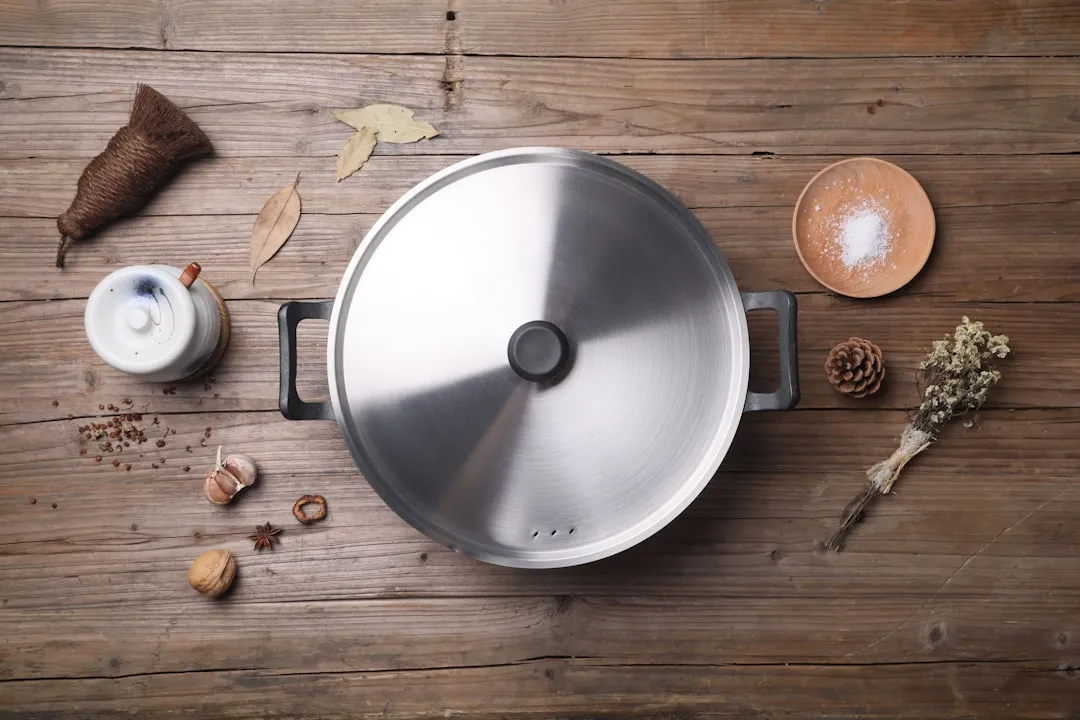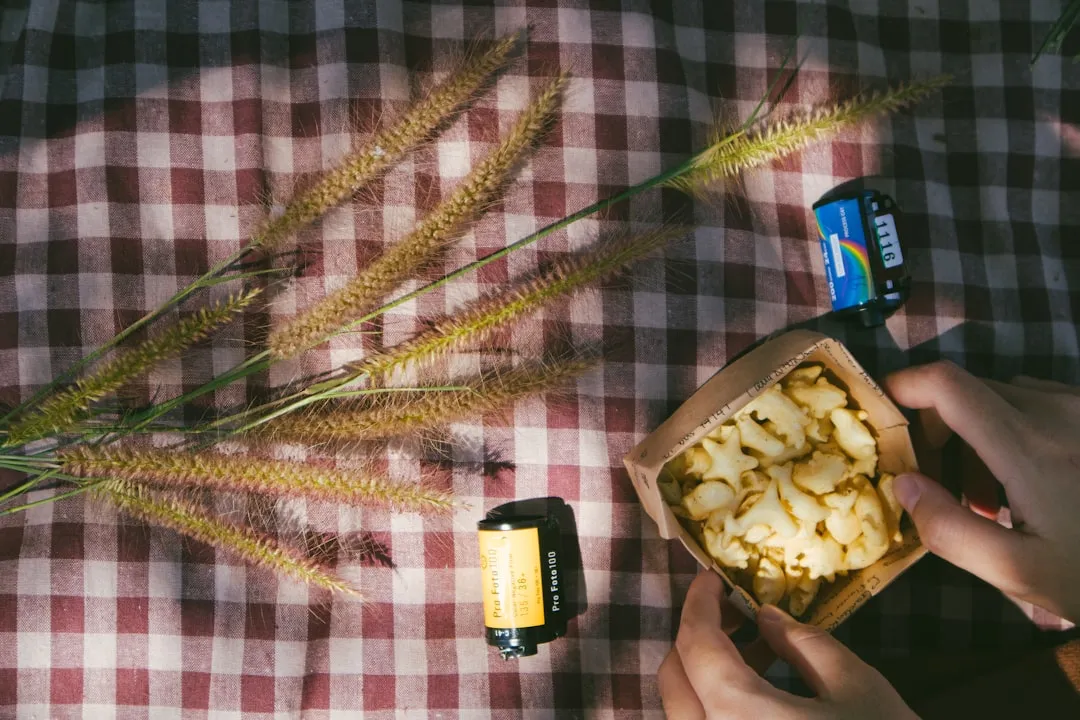You've probably noticed artichokes at the front and center of your local grocery store or farmer's market recently, as spring is artichoke season; They may look like strange, complicated vegetables if you've never cooked them before.
But have no fear! They are very easy to prepare. The process of rinsing, trimming, and seasoning an artichoke takes no more than 10 minutes total.
As for the best way to cook these spiky delights...
For Maximum Flavor, Try Roasting
There are multiple ways to prepare and cook artichokes: I've boiled, sautéed, and steamed them in the past, and these are all tasty preparations in their own way. However, none of these methods hold a candle to my favorite way to cook these babies—roasting.
Roasting is the best way to really experience eating an artichoke; The caramelization of the sugars in the artichoke itself create a woody yet sweet flavor that leave an immediate impression. Additionally, the crispy texture of the individual leaves provides an excellent contrast to the soft, creamy heart of the artichoke itself. In other words, it's absolute heaven.
(If the weather is nice outside, I also fully endorse grilling artichokes—which adds an irresistible smokiness to this already-delicious veggie!)
My favorite way to roast an artichoke is using garlic, lemon juice, compound butter, and salt. These are four simple ingredients you probably already have at home. Together, they form a bright, rich, and complex flavor profile.
Now that we've covered the 'why' of artichoke roasting, let's talk about the 'how'—from prepping to the finished product.
Rinse
(Before you start prepping your artichoke, be sure to preheat your oven to 425°F so it's at the right temperature when you're ready to roast!)
Rinse your artichoke well, which will remove dirt or dust from the leaves. Then, dry the artichoke with a paper towel.

Jessica Bose/Food Hacks Daily
Trim
- The stem of an artichoke is hard and inedible, so trim about ½ inch off the artichoke's bottom stem. Just make sure not to trim too high or you will risk losing some of the heart.

Jessica Bose/Food Hacks Daily
- Trim ¼ inch off the artichoke's top to remove the sharp edges to the leaves. It will also give the vegetable a clean look.

Jessica Bose/Food Hacks Daily
- This is an optional step: use kitchen shears to cut the tips of the leaves off of the artichoke. After the artichoke is cooked, the leaves will soften, so they'll be looser and much easier to peel from the center. However, trimming the leaves will give your artichoke a restaurant-style appearance and makes peeling even easier.

Jessica Bose/Food Hacks Daily
- Use your hands and pull around the artichoke to loosen the leaves from the center. Opening the artichoke up will allow the butter, lemon juice, and spices to penetrate the leaves. The more you open the artichoke, the more flavor it will have.

Jessica Bose/Food Hacks Daily
- Cut the artichoke in half down the center.

Jessica Bose/Food Hacks Daily
Cut the Prickly Center Out
Use a small, sharp knife to cut the prickly center out of the artichoke—this includes the purple leaves. The center of an artichoke is too sharp to eat, so make sure you remove these sharp leaves completely.

Jessica Bose/Food Hacks Daily
Flavor with Garlic, Lemon, & Butter
- Set the artichokes face up on a sheet pan lined with foil. Then, place a large clove of garlic in the center of each half. The garlic should fit perfectly into the spot where the prickly leaves used to be.

Jessica Bose/Food Hacks Daily
- Squeeze half a lemon onto the artichokes, then rub the lemon on the surface of the artichoke.

Jessica Bose/Food Hacks Daily
- Drizzle the artichoke with melted compound butter (I've opted for garlic and herb butter). You can either purchase compound butter or make your own. (If you don't have any on hand, that's okay—regular butter will do just as well.)

Jessica Bose/Food Hacks Daily
- Sprinkle the artichoke with sea salt to taste.

Jessica Bose/Food Hacks Daily
- Turn the artichokes over, then follow the same few steps with the outer halves (lemon rub, butter, and sea salt).

Jessica Bose/Food Hacks Daily
Roast the Artichoke
- Leave the artichoke halves face down and cover them in the foil. Wrapping the artichoke in aluminum foil will prevent it from burning on the outside over the prolonged roasting time.

Jessica Bose/Food Hacks Daily
- Roast the artichokes in the oven at 425°F for 35-40 minutes. When time is up, flip the artichokes back over to reveal their deep golden color.

Jessica Bose/Food Hacks Daily
Yum.
Eating the Roasted Artichoke
Enjoy your golden, roasted artichokes drizzled in fresh lemon juice and dipped in butter. You may also consider cutting out the artichoke heart and using it in a recipe, if you'd like—or just enjoy it as-is, because it's delicious! (If you're new to artichokes, there's a proper way to eat them.)
If you do choose to go the recipe route, artichokes are a star ingredient in dips, pasta dishes, and soups, among many other things.

Jessica Bose/Food Hacks Daily
While not as simple as other spring veggies, such as peas or asparagus, artichokes are absolutely worth the effort. And roasting them only makes the payoff even greater—the crisp leaves, golden flesh, and complex flavors just beg to be eaten. The results, as you can see above, clearly speak for themselves.
Do you have a favorite way to season artichokes? Share your culinary insights with us in the comments below.
If you liked this article, follow us on Facebook, Twitter, or Instagram!


























Comments
Be the first, drop a comment!